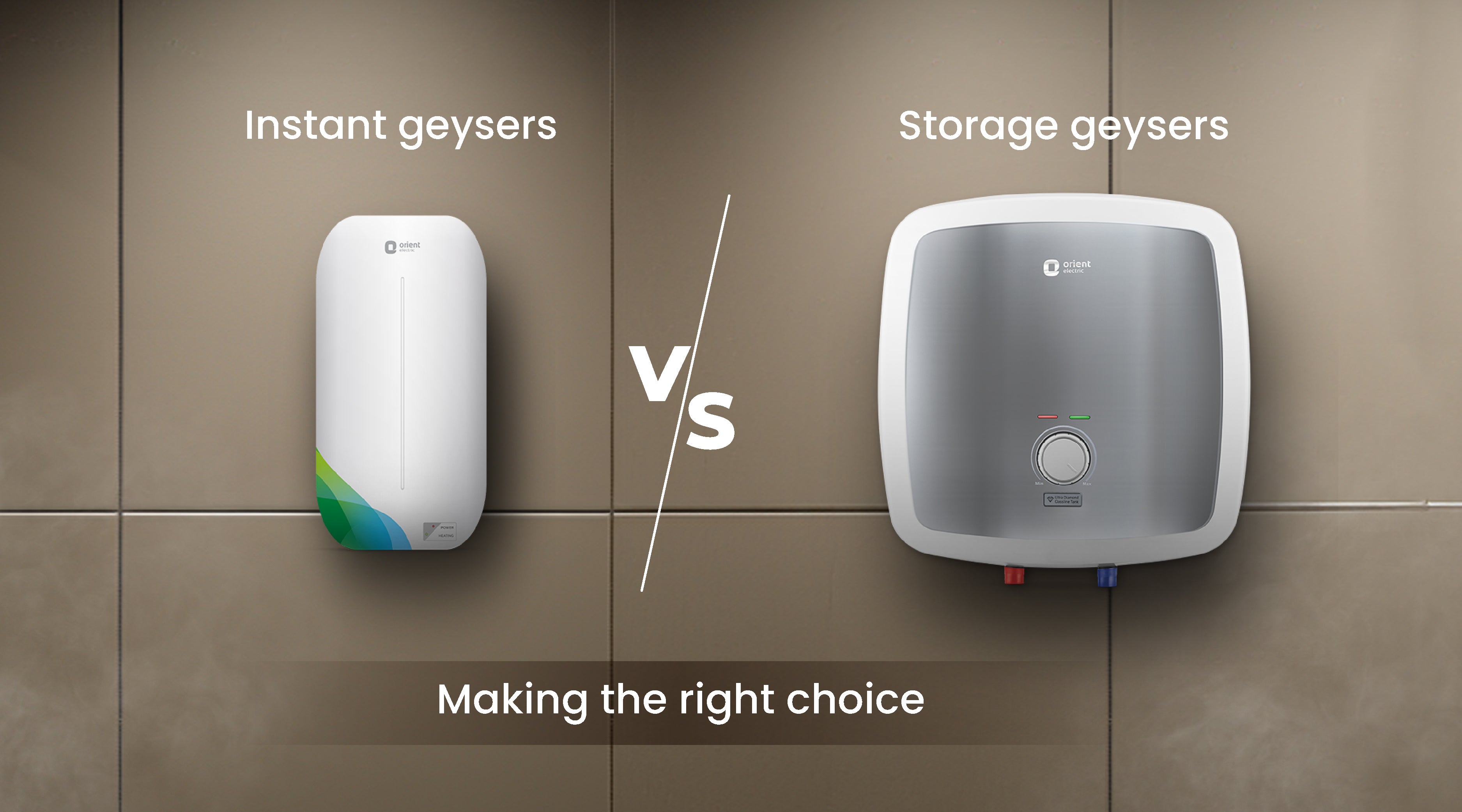An overview of geyser sizes for informed purchasing decisions.
An overview of geyser sizes for informed purchasing decisions.
Blog Article
Exactly how to Pick the Right Geyser to Make Best Use Of Energy Effectiveness in your house
Picking an energy-efficient geyser is not as simple as it appears, needing careful assessment of numerous aspects. From comprehending the different kinds of hot springs, to assessing their power performance scores and taking into consideration positioning approach, each choice plays a crucial function in taking full advantage of efficiency. Stabilizing the initial financial investment with lasting cost savings is additionally vital. Allow's begin on this journey to uncover how to make the most informed option for a hot spring that will decrease your energy costs while guaranteeing optimal performance.

Recognizing the Different Kinds Of Geyser
While there are different types of hot springs available on the market, comprehending the differences between them is critical for power efficiency (geyser sizes). The first kind, storage hot springs, are the most typical and store warm water in a storage tank for use when required. They are offered in various capabilities and are typically energy-efficient, yet they can lose heat when not being used
The second type is the tankless geyser, which heats up water on demand, leading to less energy waste but calling for a higher initial power draw. Solar hot springs use solar power to heat the water, making them the most energy-efficient yet also the most expensive.
Examining Your Household's Hot Water Demands
Before diving into the acquisition of a geyser, it is essential to examine the warm water demands of your home. This analysis should think about many factors including the number of household participants, regularity of warm water use, and the number of warm water outlets in the home (geyser sizes). A small household with infrequent hot water usage may need a smaller, much less effective geyser compared to a larger household with numerous daily warm water requirements
The kind of devices that require warm water additionally play a considerable duty. Dish washers and washing makers, as an example, might call for even more warm water than a simple shower or cooking area sink. Details tasks such as bathing or cleaning likewise influence the regularity and volume of hot water needed.
Reviewing Power Performance Ratings of Geyser
Having actually examined the hot water demands of your household, it's vital to transform your attention to the power effectiveness ratings of hot springs. These ratings, typically given as Power Element (EF), suggest a hot spring's total energy performance based on the amount of warm water produced per system of gas eaten over a common day. The higher the EF, the more effective the hot water heater.

Factors To Consider in Geyser Size and Placement
Beyond energy efficiency rankings, the size and placement of your geyser are crucial aspects to consider. The dimension of the geyser should align with your home's hot water demands. A little geyser might utilize less power however might not offer adequate warm water for numerous uses at the same time, whereas a bigger system can meet better demand however may eat even more power.
Hot springs need to be installed close to points of usage to reduce heat loss throughout water transportation. Additionally, thinking about thermal insulation, a hot spring situated in a warmer area loses less warmth and therefore uses much less energy to preserve the water temperature.
Cost Analysis: Balancing First Financial Investment and Long-Term Cost Savings
While dimension and placement certainly play substantial roles in a geyser's energy performance, one have to not ignore the financial element. When taking into consideration the initial financial investment, the rate of energy-efficient geysers can be more than basic versions. The boosted ahead of time cost can be balanced out by long-lasting power savings, making it a worthwhile investment in the long run (geyser sizes).
Assessing long-term cost savings needs an additional reading understanding of the geyser's power ranking. A device with a higher rating will consume less energy, equating to reduced energy costs over time. Government incentives and refunds for energy-efficient home appliances can additionally aid redeem initial costs.
Finally, upkeep and life-span need to be factored in. Energy-efficient hot springs often have longer lifespans and lower upkeep prices, adding to general cost savings. When balancing preliminary investment and long-term cost savings, one ought to consider not just the acquisition rate however likewise power consumption, government motivations, and maintenance costs.

Verdict
Selecting an energy-efficient geyser needs cautious consideration of different aspects. These include comprehending the kinds of hot springs, examining your family's warm water needs, reviewing power performance scores, and determining expense benefits. The right geyser dimension, positioning, and insulation can significantly reduce power expenses and ecological effect. As a result, making a knowledgeable choice can lead to considerable long-lasting savings, making it a worthwhile financial investment for your home.
Report this page